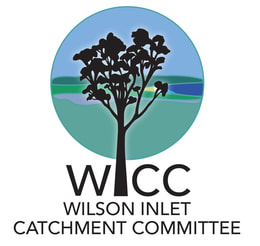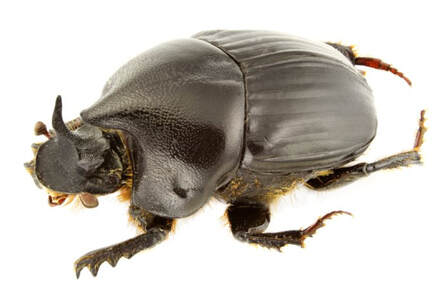Dung Beetles
This autumn WICC will be releasing Geotrupes sponger. This autumn active dung beetle will help fill one of the seasonal gaps of dung beetle activity in our catchment. WICC is seeking interested landholders to start breeding colonies on their farms. While it can take up to seven years to have a fully functional colony that can deliver the ecological and financial (and bushily mitigating) benefits that dung beetles are known for.... we believe the wait will be worth it.
WICC will supply the 1000 beetles that it takes to start the colony. This is a significant expense and they need in kind support from the landholder to make the project feasible. Landholders will be expected to control their stock movements to allow sufficient dung for the beetles to establish themselves. The landholders must also manage their chemical use in a manner which is consistent with best practice for the establishment of dung beetles. Click here to find out more.
If you are interested in establishing a colony please fill out the expression of interest form below. Our project officer will get in touch with you to ask a few more questions and possibly perform a brief site visit to your property. WICC is especially interested in cattle farmers!
Please note that WICC intends to release spring active beetles which have recently been approved for importation by DAFWA. Unfortunately there are insufficient breeding colonies at this time to harvest from..... stay tuned.
WICC will supply the 1000 beetles that it takes to start the colony. This is a significant expense and they need in kind support from the landholder to make the project feasible. Landholders will be expected to control their stock movements to allow sufficient dung for the beetles to establish themselves. The landholders must also manage their chemical use in a manner which is consistent with best practice for the establishment of dung beetles. Click here to find out more.
If you are interested in establishing a colony please fill out the expression of interest form below. Our project officer will get in touch with you to ask a few more questions and possibly perform a brief site visit to your property. WICC is especially interested in cattle farmers!
Please note that WICC intends to release spring active beetles which have recently been approved for importation by DAFWA. Unfortunately there are insufficient breeding colonies at this time to harvest from..... stay tuned.


